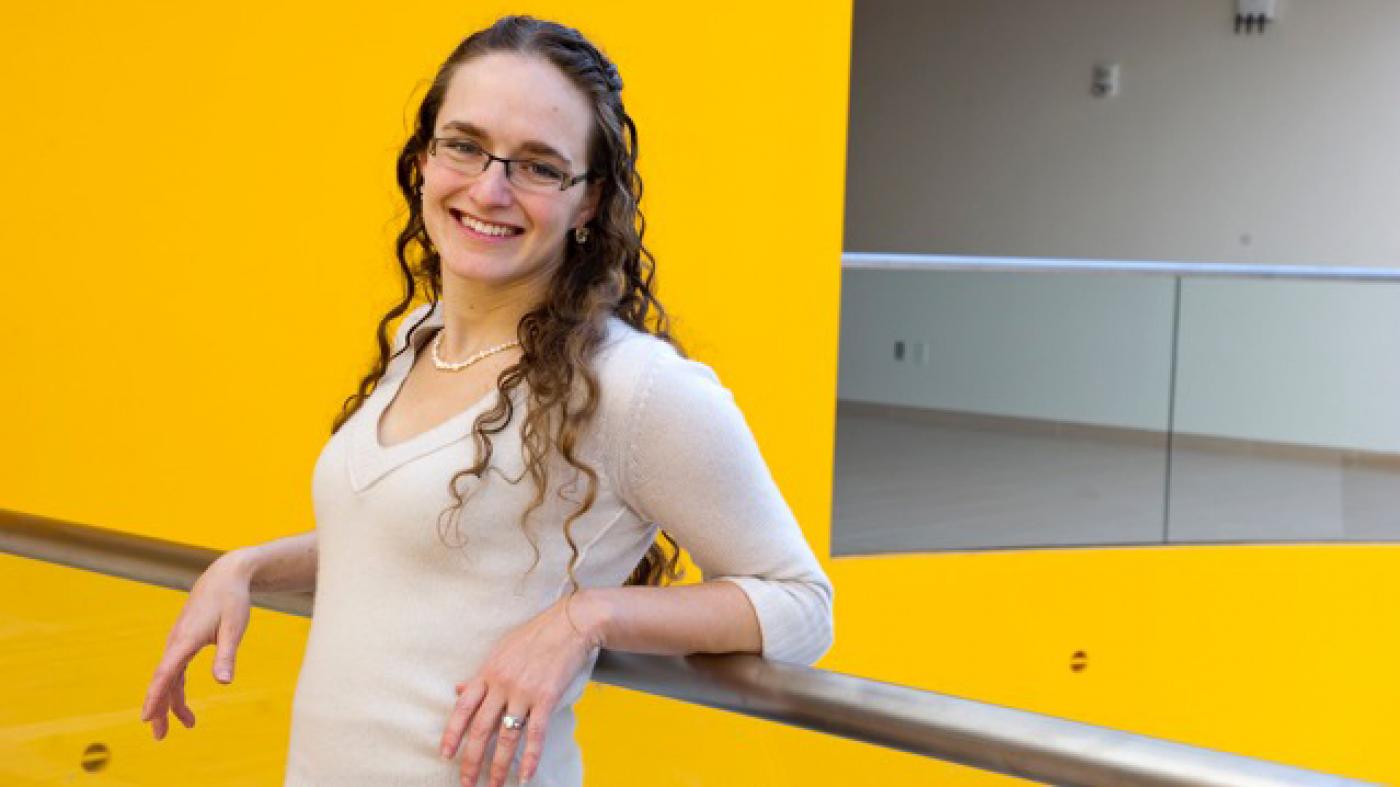Over the past year, the first papers appeared that used fMRI in awake primate infants to study the earliest stages of development of the social brain. In the first part of my talk, I will describe the results: a remarkably convergent pattern of data in both human and macaque infants. In sum, preferential responses to naturalistic social stimuli (dynamic faces) are present in the first months of life. The spatial organization of these responses is already adult-like, and includes regions all across cortex, including in temporal, parietal and frontal lobes. However, these regions are not functionally selective for faces in infancy; selectivity depends on learning from visual experience of faces, and takes months or years to acquire. What do these results tell us about the origins of the social brain? In the second part of my talk, I will present three theoretical interpretations of these data. Specifically, any theory must include both an early bias (to explain the spatial structure of early functional responses and the stereotypy of adult brain organization) followed by subsequent learning. What is the nature of the early bias, and what guides learning? First, Margaret Livingstone has proposed that cortical regions are initially biased to respond to regions of the visual field (a foveal bias) and simple visual statistics (a curvilinearity bias); these biases combine with the statistics of visual input (frequently foveated faces) to generate cortical regions selective for faces. Second, Mark Johnson has proposed that primates have an innate sub-cortical visual template roughly resembling a face (similar to the well-established “hen-body” template in the optic tectum of chicks); in a typical environment, this template drives babies to preferentially attend to faces, facilitating subsequent learning. Third, I will offer an alternative (not mutually exclusive) possibility. Instead of focusing exclusively on the bottom-up visual input to cortical regions, I propose that the bias for face preferences in cortical areas arises in part from their output to, and feedback connections from, medial prefrontal cortex. Early in infancy, faces are associated with highly-valued social interactions with caregivers, and elicit activity in regions of medial prefrontal cortex associated with value and self-relevance. Also our new data from studies using functional near infrared spectroscopy (fNIRS) show that activity in medial prefrontal cortex during highly valued social interactions predicts later looking to the partner’s face. Thus, very early in human infancy, regions of human cortex may respond preferentially to dynamic human faces, not just because of frequently foveating curvy shapes with two dots in the top half, but because of the value of social interaction.
Rebecca Saxe is a Professor of Cognitive Neuroscience at MIT. Research in the SaxeLab is motivated by big questions: How does the human brain ‒ an electrical and biological machine ‒ construct abstract thoughts? We often ask these questions about social cognition: how people think about people. The lab’s main tools including behavioral and fMRI studies, along with computational models. Professor Saxe's core values include improving the reproducibility of scientific research, and the inclusivity of scientific communities.
Faculty Host: Kevin Ochsner, Professor of Pyschology at Columbia University
Registration is strongly encouraged. Seating is limited.
For questions about the lecture, please contact [email protected].
Those who wish to meet the speaker during the visit should contact Kevin Ochsner.
This seminar is part of the Systems, Cognitive and Computational Neuroscience Seminar Series at Columbia's Zuckerman Institute, which focuses on cognition and decision making research. Internationally renowned speakers present their recent work on these topics using behavioral, neurobiological and computational approaches. Seminars take place approximately every other week on Tuesdays at 4 pm in the Jerome L. Greene Science Center (9th floor).
